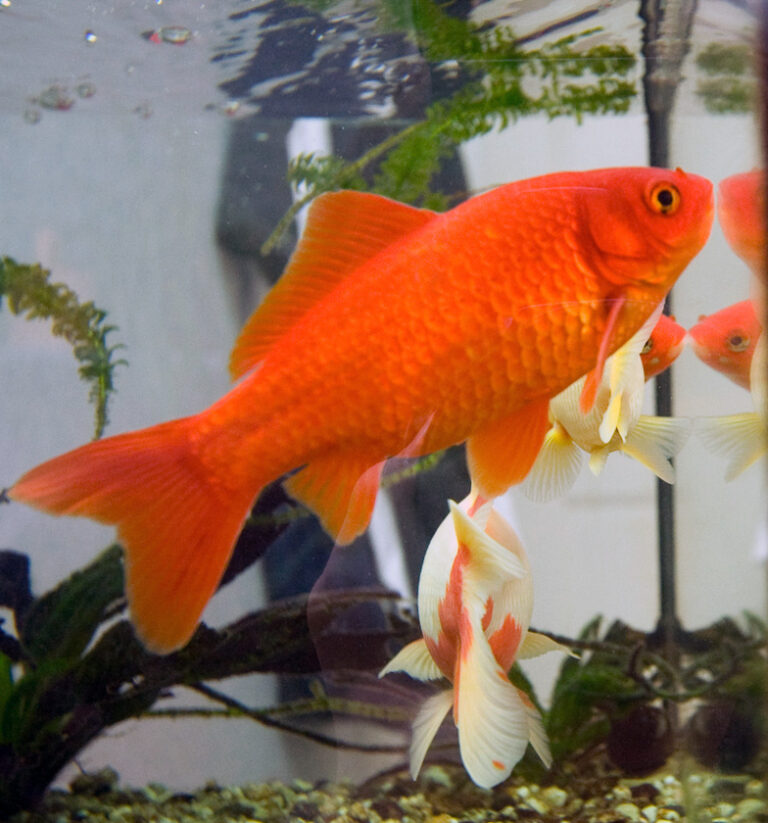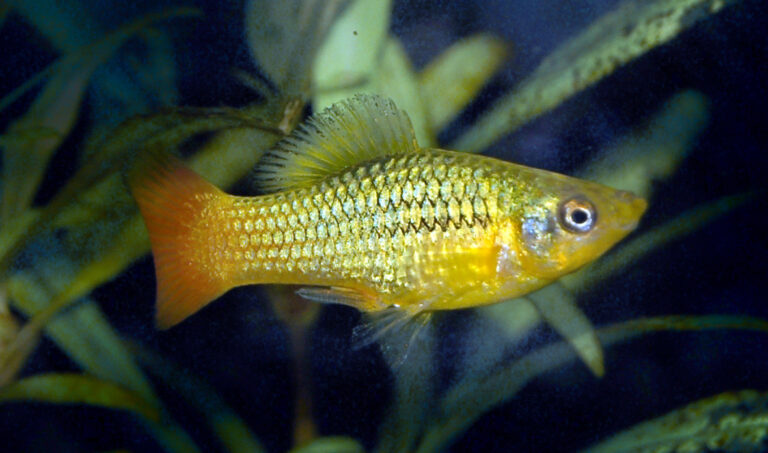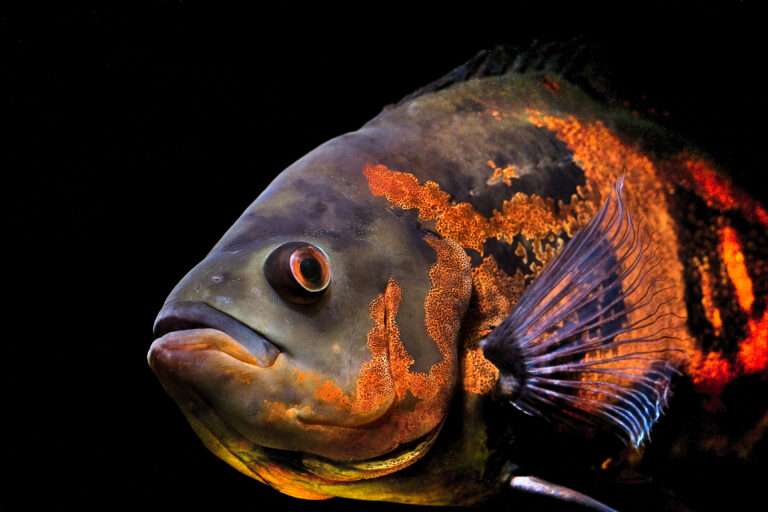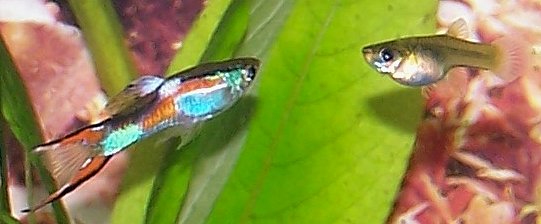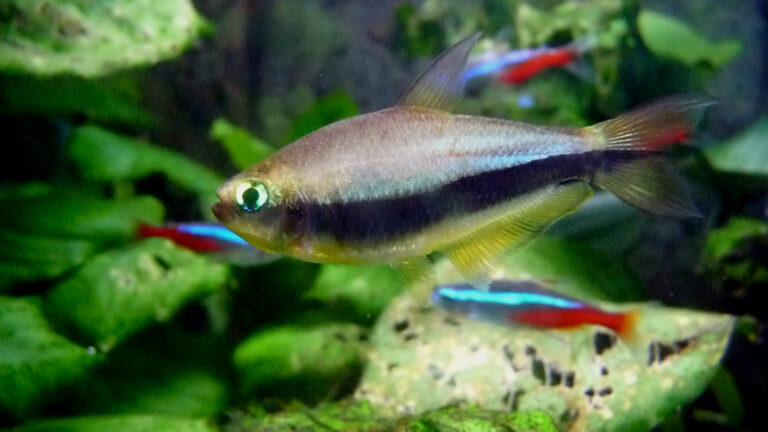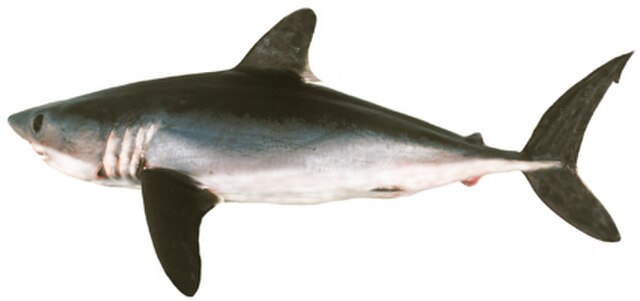Night Fishing for Beginners: Expert Techniques That Actually Work
By Adam Hawthorne | Last Modified: May 4, 2025
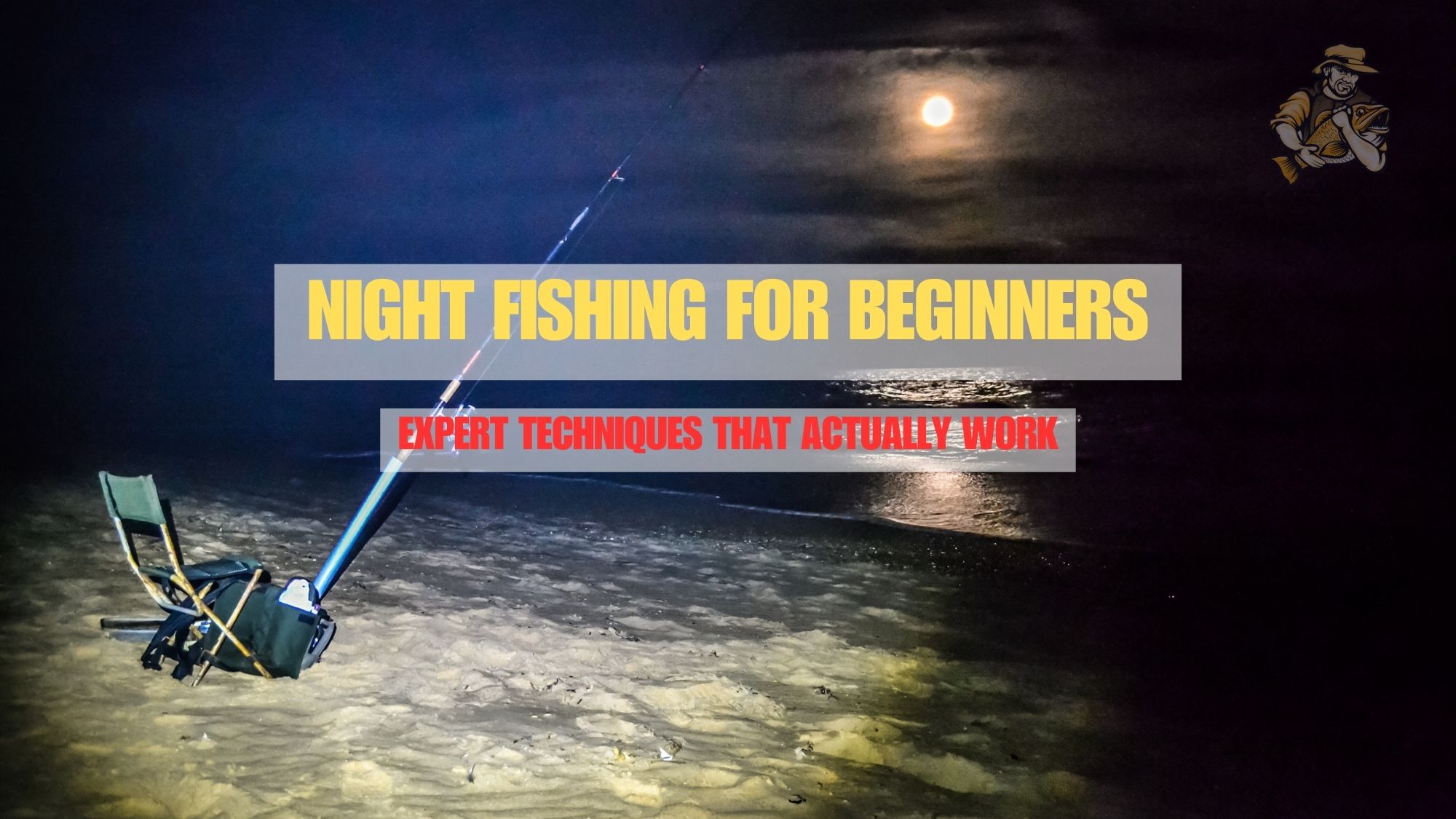
My first night fishing trip was an absolute disaster. Picture this – fifteen-year-old me, armed with a rusty flashlight and my grandfather’s ancient tackle box, standing knee-deep in Lake Michigan at 2 AM. I couldn’t see my line, dropped my phone in the water trying to use it as a light, and managed to hook my own jacket on three separate occasions.
But you know what? That miserable night taught me more about fishing than any perfect day ever could.
Why Fish at Night Anyway?
I’ll be straight with you – night fishing isn’t for everyone. It’s uncomfortable, sometimes spooky, and you’ll probably make at least one embarrassing mistake (like the time I brought a fancy headlamp but forgot batteries – had to use my lighter to tie knots, which went exactly as well as you’d expect).
Here’s the thing though – fish change their entire behavior after sunset. Those monster bass that ignore every lure during daylight hours? They’re suddenly bold, aggressive, and cruising shallow waters. I’ve caught more trophy fish at night than I have in all my daylight hours combined, and I’ve been doing this for over three decades.
Essential Night Fishing Gear
Lighting Solutions That Won’t Scare Fish Away
Let me save you some money right now. That $200 headlamp the tackle shop pushed on me? Total waste. What actually works:
- Red headlamp (fish don’t spook as easily to red light)
- Small clip-on red light for your tackle box
- Backup backup headlamp (yes, two backups – trust me on this)
- Glow sticks – not high-tech, but they’ve saved my bacon more times than I can count
My fishing buddy Dave swears by those fancy tactical flashlights with red filters, but honestly, I’ve had better luck with cheap red LEDs from a store in my neighborhood. Dave also spent a fortune on a night vision camera for fish spotting, which impressed exactly nobody when we spent three hours watching grass sway underwater.
Actually, that reminds me of the time Dave brought his new “military-grade” flashlight on a trip to Saginaw Bay. First cast of the night, he lights up the water like a stadium. Spooks every fish within three counties. Took us until sunrise to find active fish again. Sometimes the expensive gear actually makes things worse.
Understanding Fish Behavior After Dark
Night fishing completely flips the script on what you think you know about fish. Last summer on Lake Erie, I was targeting walleye during a full moon. Traditional wisdom says they’ll be in deeper water, right? Wrong. Found them in two feet of water, practically on the beach, gorging on shad.
Here’s what three decades of night fishing has taught me about fish behavior:
Predatory fish become ambush hunters at night. They move shallow, follow the baitfish, and use darkness as cover. Bass cruise shorelines, hunting in water they’d never visit during daylight. Catfish sense of smell sharpens dramatically. Even trout, those daylight purists, develop night feeding patterns that’ll blow your mind.
Sound Sensitivity At Night
Fish hearing becomes super sensitive after dark. I learned this the hard way during a catfish tournament on the Mississippi. Dropped my pliers three times during setup – clank, clank, clank against the boat deck. Didn’t catch a single fish in my spot for two hours. Moved fifty yards downstream, suddenly it’s every cast a fish.
Most anglers don’t realize that certain lure modifications for night fishing can dramatically increase success. Things like adding small brass rattles or using clackers can mimic injured baitfish. But too much noise? Death sentence for your fishing spot.
My son Tommy once brought a waterproof speaker to play “fishing music.” The kid’s twelve. What does he know? Turns out, nothing. We switched from catching bass every twenty minutes to absolute silence. Even the bullfrogs stopped croaking. Lesson learned – leave the entertainment at home.
Weather Patterns That Boost Night Fishing
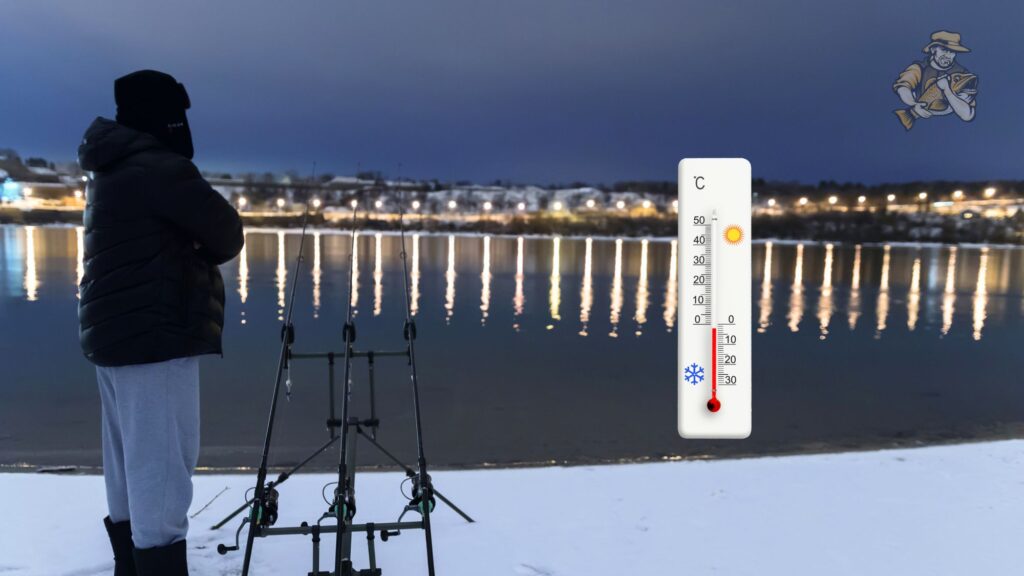
You want to know the absolute best conditions for night fishing? Forget full moons and calm waters. The magic happens during:
- Overcast nights with stable barometer
- Light rain or drizzle (fish feed aggressively)
- Wind speed of 3-7 mph
- Temperature drop of 5-10 degrees from day to night
I’ve got a simple rule: If the wind’s howling like my ex-mother-in-law at Thanksgiving, stay home. Fish don’t like it any more than you do. But that gentle breeze that ripples the surface? Perfect for hiding your presentation mistakes.
Last April on Lake Michigan, we had a passing cold front that dropped temperatures 15 degrees overnight. The National Weather Service’s marine forecast predicted rough conditions, but I’ve learned their wind speeds can be off by 50%. Sometimes you gotta trust your gut. We hit the water at sunset and experienced the best night fishing of the season.
One night in Traverse Bay I completely ignored the weather forecast. It called for stable conditions, but I noticed a pressure drop on my cheap barometer (the one from the dollar store that’s somehow more accurate than my fancy digital one). Turns out a surprise storm moved through – and for two hours before it hit, the fish went absolutely nuts. Best two hours of fishing I’ve had all year. But I also spent the next hour scrambling to get off the water in heavy rain, so there’s that.
Bait Selection
Live Bait vs Artificial at Night
Here’s something controversial – I almost never use live bait at night anymore. Used to be my go-to, especially for catfish. Then I spent a summer experimenting, and honestly? Good artificials outfish live bait 70% of the time after dark.
My current night fishing box includes:
- Soft plastics with glow-in-the-dark actions
- Swim jigs in black/blue patterns
- Spinnerbaits with Colorado blades (vibration matters more than flash)
- Surface poppers that make minimal noise
But honestly, here’s what works best – whatever you have confidence in. I once caught a 6-pound smallmouth bass on a beat-up old crankbait that I’d forgotten to replace the hooks on in two years. The paint was chipped, hooks were practically dull, but it produced a unique wobble that apparently drove the fish crazy.
One weird tip that actually works: Spray your lures with WD-40. Yeah, I know, sounds ridiculous. But my Uncle Mike taught me this forty years ago, and I swear it works on bass. Something about the scent or maybe it changes how the lure moves through water. Just don’t overdo it – a light mist is enough.
Glow-in-the-Dark Options
The glow lure market is full of garbage products. I’ve tested everything from cheap painted plastics to overpriced “revolutionary” designs. Here’s what actually glows and what’s marketing hype:
Quality glow products I’ve tested extensively – certain name-brand soft plastics with glow properties that charge quickly under headlamp light and stay bright for 45+ minutes. I used to fish with traditional phosphorescent lures that needed 20 minutes under bright light to charge properly. Waste of valuable fishing time.
The best glow technique I’ve learned? Charge your lures between casts using your red headlamp. Takes 15 seconds, gives you that extra edge. Though sometimes I forget and end up fishing with dull lures for half an hour before realizing why I’m not getting bites.
Shore Fishing at Night
Last month on the Pere Marquette River I witnessed something fascinating. A group of experienced salmon anglers had set up with their usual daylight spots. But a local kid, couldn’t have been more than sixteen, walked right past them to a tiny inlet I’d never noticed before. He pulled out six steelhead in an hour while the “experts” caught nothing.
Shore fishing at night requires completely different location scouting. I look for:
- Structure transitions nobody notices during daylight
- Small pockets where baitfish congregate
- Areas with gentle current breaks
Here’s a my expert tip that few people mention: Park lot lights actually attract insects, which in turn attract baitfish, which brings in predatory fish. Some of my best shore fishing spots are actually near boat ramps with lights. Just make sure to check the local regulations about night fishing at boat launches first.
My favorite shore fishing spot used to be this narrow channel between two islands at dawn. Absolutely perfect conditions. Then the county added brighter lights for “safety reasons,” and the fishing went downhill fast. Too much light spooks the big fish, but complete darkness isn’t ideal either.
Fishing From a Boat at Night
Boat fishing at night is a completely different challenge. I’ve been doing it for three decades, and I still learn new tricks.
Safety considerations become paramount. I keep three types of navigation lights on my boat. The standard running lights, a bright white light for emergencies, and subtle cabin lights that won’t ruin your night vision. Plus a spotlight for whatever Dave inevitably drops overboard (he’s notorious for this).
Anchoring techniques change dramatically after dark. The advanced coastal navigation guides don’t really cover this, but I use glow sticks on anchor ropes and marker buoys with low-intensity LED lights. Nothing worse than drifting into your anchor line when you’re targeting a hot spot.
Last summer I tried using one of those fancy GPS-enabled anchoring systems that supposedly lets you “set and forget.” First night out, a strong current shifted us twenty yards, and I spent an hour untangling lines from the anchor rope. Sometimes the old-fashioned way is still the best.
Targeting Specific Species
Night Bass Fishing Tactics
Bass at night become completely different creatures. I target them in one to three feet of water, using slow retrieves and dark colors. They’re visual hunters still, despite the darkness.
Here’s what nobody tells beginners – bass often “cruise” predictable routes at night. I map these routes using landmark references during daylight, then intercept them after sunset. Last week I caught five bass in twenty minutes from the same ten-foot stretch of shoreline. But the next night, the pattern had completely changed.
I made a killing at a bass tournament using night tactics during “official” daylight hours. Cast spinnerbaits with darkened blades in overcast conditions, retrieved them at night fishing speeds. Other competitors thought I was crazy, but I placed third with fish caught using nocturnal presentations.
Catfish: Night Masters
Catfish are the ultimate night predators. Heavy scent trails, extreme patience, and the right bait can produce monster cats. I’ve caught more trophy catfish at night than all other times combined.
My catfish night fishing setup is unconventional. I use modified three-way rigs with heavy sinkers that most guides say will spook fish. But in current, they keep bait exactly where I want it. The key is understanding how scent travels underwater at night – totally different from daylight hours.
Once spent eight hours on the Mississippi without a single bite using traditional “expert” catfish tactics. Finally switched to an unusual presentation with chicken livers wrapped in bass mesh and soaked in garlic oil. Within an hour I had two fish over twenty pounds. Sometimes you need to ignore conventional wisdom completely.
Moon Phases and Their Impact
Fishing gurus love to preach about moon phases. I spent five years meticulously tracking my night fishing success against lunar cycles. The results might surprise you.
New moon nights produced the most consistent action – darkness gives fish confidence. Full moon nights? Actually my least productive. Too much light spooks bigger fish, though you’ll catch numbers of panfish.
But here’s the truth – I’ve caught monster fish during every moon phase possible. My personal best largemouth, a 9-pounder, came on a full moon night when “experts” say big bass don’t feed. Sometimes the fish don’t read the same books as us.
Tides and Current Effects at Night
Coastal night fishing requires understanding tidal movements. The tidal prediction services are decent, but they don’t show you local variations that matter after dark.
I’ve noticed current speed increases significantly at night in many tidal areas. Not sure if it’s actually faster or just feels that way, but you need to account for it. My favorite spots near mangroves completely change character after sunset.
Had one memorable night at Cape Hatteras where I apparently misread the tide chart. Low tide hit while we were anchor shallow. Ended up sitting stranded until 3 AM waiting for water to return. But wouldn’t you know it – the incoming tide brought in a massive school of redfish. We caught them until our arms were sore. Sometimes disasters lead to discovery.
Safety Considerations
Let me be brutally honest about night fishing safety. It’s more dangerous than daylight fishing. Period. I’ve seen experienced anglers make stupid mistakes that nearly cost them everything.
Essential safety gear:
- Backup lights (at least three separate sources)
- Whistle on a lanyard
- Reflective vest (yes, you’ll feel silly, but you’ll be alive)
- Fully charged phone in waterproof case
- Emergency contact informed of your location
My nephew once went night fishing without telling anyone. His boat developed engine trouble at 2 AM about five miles offshore. Phone died. Took search and rescue six hours to find him. He was hypothermic and dehydrated. Don’t be that guy.
I’ve been in sketchy situations myself. Like the time a storm moved in faster than predicted in northern Lake Michigan. No radio, crappy weather app, and thirty-foot waves building. Made it back to port purely by luck and decades of experience reading water. But I still think about how close that was.
Common Night Fishing Mistakes
After three decades, I’ve seen (and made) every night fishing mistake possible:
- Over-lighting the area – spooks everything within casting distance
- Forgetting spare batteries (I still do this occasionally)
- Using the wrong colors – bright yellows and whites can actually repel fish at night
- Moving too fast between spots
- Ignoring wind changes that affect presentation
Biggest mistake I see beginners make? They fish night spots like they’re fishing during the day. Different depths, different structures, different everything. Last month I watched a group set up in their usual daylight spots and catch nothing all night. Meanwhile, I was ten yards closer to shore in half the depth, nailing bass every twenty minutes.
One personal mistake that still haunts me: Tried using a new “revolutionary” night vision headlamp during a fall steelhead run on the Muskegon River. Turns out the infrared light spooked fish like crazy. Lost my prime spot and had to search for active fish all over again.
Seasonal Night Fishing Strategies
Night fishing changes dramatically with seasons in Michigan.
Spring
Those pre-spawn bass move shallow at night, especially during warm spells. I target protected bays and creek mouths where water temps climb first. Last spring I caught a 7-pound pike at 10 PM in two feet of water – during the day that same fish would be in fifteen feet.
Summer
The pattern completely flips. Fish move deeper during hot nights than they do during cool days. Counterintuitive, but true. I focus on thermoclines using sonar interpretations for night fishing that few anglers understand properly.
Summer night fishing can be brutal. Mosquitoes, humidity, and occasional thunderstorms. But the payoff is worth it. I’ve caught triple my daily averages during summer night sessions compared to daylight fishing.
Fall
Aggressive feeding behavior reaches peak levels. Coolwater species like walleye and muskie become surprisingly active at midnight. I used to think muskie were impossible at night until I connected with three in one session last October.
Fall moon phases matter more than any other season. That traditional “solunar theory” actually holds some weight when targeting aggressive predators. Though I’ve still had better luck ignoring it completely and fishing based on weather patterns instead.
Winter
Ice fishing at night requires completely different skills. Flashers become critical because visual cues disappear. I keep night-specific ice fishing electronics separate from my daylight gear – the light settings and display contrast need adjustment.
Winter night ice fishing can be incredible for certain species. Lake trout, burbot, and yellow perch all feed actively after sunset through the ice. But safety becomes critical – falling through in daylight is dangerous. At night? It’s potentially fatal.
Night Fishing from Shore: Advanced Techniques
Here’s something most guides won’t tell you – the best shore fishing spots at night are often terrible during the day. I look for:
- Small pocket beaches between rocky areas
- Submerged points invisible from shore
- Current breaks created by underwater structure
- Areas where lights from roads or buildings hit the water
Found one spot on Lake Michigan near a pier with exactly the wrong lighting conditions for daytime fishing. But at night that light gradient created an edge where baitfish congregated. Caught my personal best steelhead there at 11 PM.
Shore fishing also means dealing with nocturnal wildlife. Raccoons, coyotes, and even the occasional bear might check out your setup. Had a raccoon steal my tackle box once – just picked it up and waddled away like he owned it. By the time I chased him down, he’d eaten most of my soft plastics.
Reading Water in Low Light
Learning to read water structure at night takes serious practice. I use multiple methods:
- Memorize spots during daylight scouting
- Use low-light friendly sonar settings
- Watch for subtle surface variations
- Feel structure changes through your line
The challenge with sonar at night is that standard daylight settings blind you. I’ve customized my units with night mode display profiles that maintain detail without destroying night vision.
Reading water also requires understanding how light plays tricks. What looks like a perfect current break might be a reflection. Surface ripples can hide dangerous rocks. Always approach new night spots with extreme caution.
Night Fishing Equipment Recommendations
After burning through thousands in gear over thirty years, here’s what actually works:
Budget-Friendly Night Setup
- Basic red headlamp: $15-20 (Harbor Freight is fine)
- Clip-on tackle box light: $8-12
- Glow sticks: Buy bulk, save money
- Dark-colored lures (repaint daytime favorites)
- Total cost: Under $100
Mid-Range Setup
- Good red/white headlamp combo: $50-75
- Waterproof flashlight with red filter: $30-40
- Quality glow lures and soft plastics: $50
- Rod-tip lights: $25-30
- Backup portable phone charger: $40
- Total cost: $200-250
Premium Setup
- Professional night fishing headlamp: $100-150
- Advanced sonar with night settings: $500-1000
- Specialized night lures collection: $100-200
- Professional grade tackle organization: $100
- Total cost: $1000+
Honestly, I stick with my mid-range stuff. The expensive gear rarely catches significantly more fish. And when you’re stumbling around in the dark, losing a $5 lure hurts less than losing a $25 “premium night fishing” model.
Local Knowledge and Spot Selection
Local knowledge trumps everything at night. The insider fishing spot databases are helpful, but they don’t tell you about nocturnal patterns. Finding productive night spots requires talking to locals who actually fish after dark.
I’ve developed relationships with night fishing regulars at my local spots. We share information freely because we understand that cooperation benefits everyone. Unlike daytime fishing, where spot-hoarding is common, night fishing creates a community of shared experience.
Here’s a secret: Gas station attendants on night shift often know the best local night fishing spots. They see who’s heading out, who’s coming back with fish, and what times work best. Buy them coffee, be friendly, and they’ll often share valuable intel.
Processing Your Night Catch
Handling fish in the dark requires extra care. Poor handling can injure fish you intend to release. I use:
- Lighted landing nets (mesh that glows faintly)
- Foam-lined fish grips for secure holds
- Specialized nighttime fish handling tools for hook removal
- Quick-release techniques practiced until automatic
My biggest night fishing regret involves mishandling a trophy muskie while fighting to see in poor light. The fish threw the hook during a fumbled landing attempt. Could have been a potential lake record. Now I never rush the handling process, no matter how excited I get.
Weather Apps and Night Fishing Planning
Standard weather apps fail for night fishing planning. I use multiple sources:
- Marine weather services for wind accuracy
- Specialized fishing weather forecasting apps with barometric data
- Local fishing report services that note night patterns
- Weather radar with cloud cover overlays
Learned to interpret weather apps specifically for night fishing conditions. A “calm” forecast might mean absolutely dead air that kills fishing. A moderate wind warning could actually translate to perfect ripple conditions.
Tried one of those AI-powered fishing prediction apps last season. It was confidently wrong about night conditions 60% of the time. Sometimes old-school weather observation beats technology.
Setting Night Fishing Goals
Be realistic about night fishing expectations. My personal metrics:
- Quality over quantity (though quantities can be impressive)
- Focus on species behavior rather than catch numbers
- Safety as the primary measure of success
- Learning new patterns as the ultimate reward
I’ve had night sessions with zero catches that I consider huge successes because I discovered new fish holding patterns. Understanding fish behavior matters more than filling a livewell.
But yes, I’ve also had nights where I caught 50+ bass in five hours. Those sessions are addictive and keep you coming back. Just remember they’re the exception, not the rule.
Night Fishing FAQs
What’s the best moon phase for night fishing?
New moon produces the most consistent catches, full moon can be hit or miss. But honestly, I’ve caught trophy fish during every phase. Weather patterns matter more than moon cycles.
Is night fishing more productive than day fishing?
Depends on species and season. For bass, catfish, and walleye – definitely yes in most conditions. For trout and panfish, it’s more variable. My personal average is about 40% higher catch rates at night for predatory species.
What colors work best at night?
Dark colors (black, blue, purple) typically outperform bright colors. But I’ve caught big fish on white lures too. Profile and action matter more than color after dark.
Do I need expensive gear for night fishing?
Absolutely not. My best night fishing memories involve cheap gear. Focus on mastering techniques before upgrading equipment. A skilled angler with basic gear outfishes a beginner with premium equipment every time.
Conclusion
Night fishing has given me my best catches, worst mistakes, and most memorable experiences on the water. It’s not easier than daytime fishing – it’s different, and in many ways more challenging.
The learning curve is steep. You’ll make embarrassing mistakes. You’ll lose expensive lures to unseen structure. You’ll spend nights without a single bite wondering why you even tried.
But when everything clicks – when you’re standing in darkness with your headlamp red-filtered, feeling the subtle tap of a trophy bass, hearing only your own breathing and the gentle lap of waves – that’s when you understand why some of us prefer fishing at night.
Start simple. Learn your local waters during daylight first. Build up your night fishing skills gradually. And most importantly, respect the darkness. It holds mysteries and dangers beyond what you encounter in daylight.
After three decades, I’m still learning new night fishing techniques. The water never stops teaching, and the darkness never stops challenging. But that’s what keeps me coming back, night after night, cast after cast.

Meet Adam Hawthorne
I’m a lifelong fishing enthusiast who’s spent years exploring rivers, lakes, and oceans with a rod in hand. At Fishing Titan, I share hands-on tips, honest gear reviews, and everything I’ve learned about fish and ocean life, so you can fish smarter and enjoy every cast.
Share:

Meet Adam Hawthorne
I’m a lifelong fishing enthusiast who’s spent years exploring rivers, lakes, and oceans with a rod in hand. At Fishing Titan, I share hands-on tips, honest gear reviews, and everything I’ve learned about fish and ocean life, so you can fish smarter and enjoy every cast.
Related Articles
-
Marble Molly
The Marble Molly (*Poecilia latipinna*) stands as one of the most recognizable and widely distributed ornamental fish species in the aquarium trade, distinguished by its…
-
Telescope Goldfish
The Telescope Goldfish (Carassius auratus) represents one of the most distinctive and recognizable varieties of fancy goldfish in the aquarium trade. Distinguished by its characteristic…
-
Variable Platyfish
The Variable Platyfish (Xiphophorus variatus) stands as one of the most widely recognized and ecologically significant freshwater fish species in North America. This small, vibrant…
-
Oscar Fish
The Oscar Fish (*Astronotus ocellatus*) stands as one of South America’s most recognizable freshwater cichlids, earning widespread recognition both in its native Amazon Basin and…
Fish Species
-
Endlers Livebearer
The Endlers Livebearer (Poecilia wingei) stands as one of the most captivating freshwater fish species in the aquarium trade and aquatic biology research. This diminutive…
-
Dwarf Gourami
The Dwarf Gourami (Trichogaster lalius) stands as one of the most popular freshwater aquarium fish species, renowned for its vibrant coloration, peaceful temperament, and fascinating…
-
Emperor Tetra
The Emperor Tetra (*Nematobrycon palmeri*) stands as one of the most distinctive and sought-after freshwater fish species in the aquarium trade, renowned for its striking…
-
Porbeagle Shark
The Porbeagle Shark (*Lamna nasus*) stands as one of the most fascinating and ecologically significant predators in the North Atlantic and North Pacific oceans. This…


